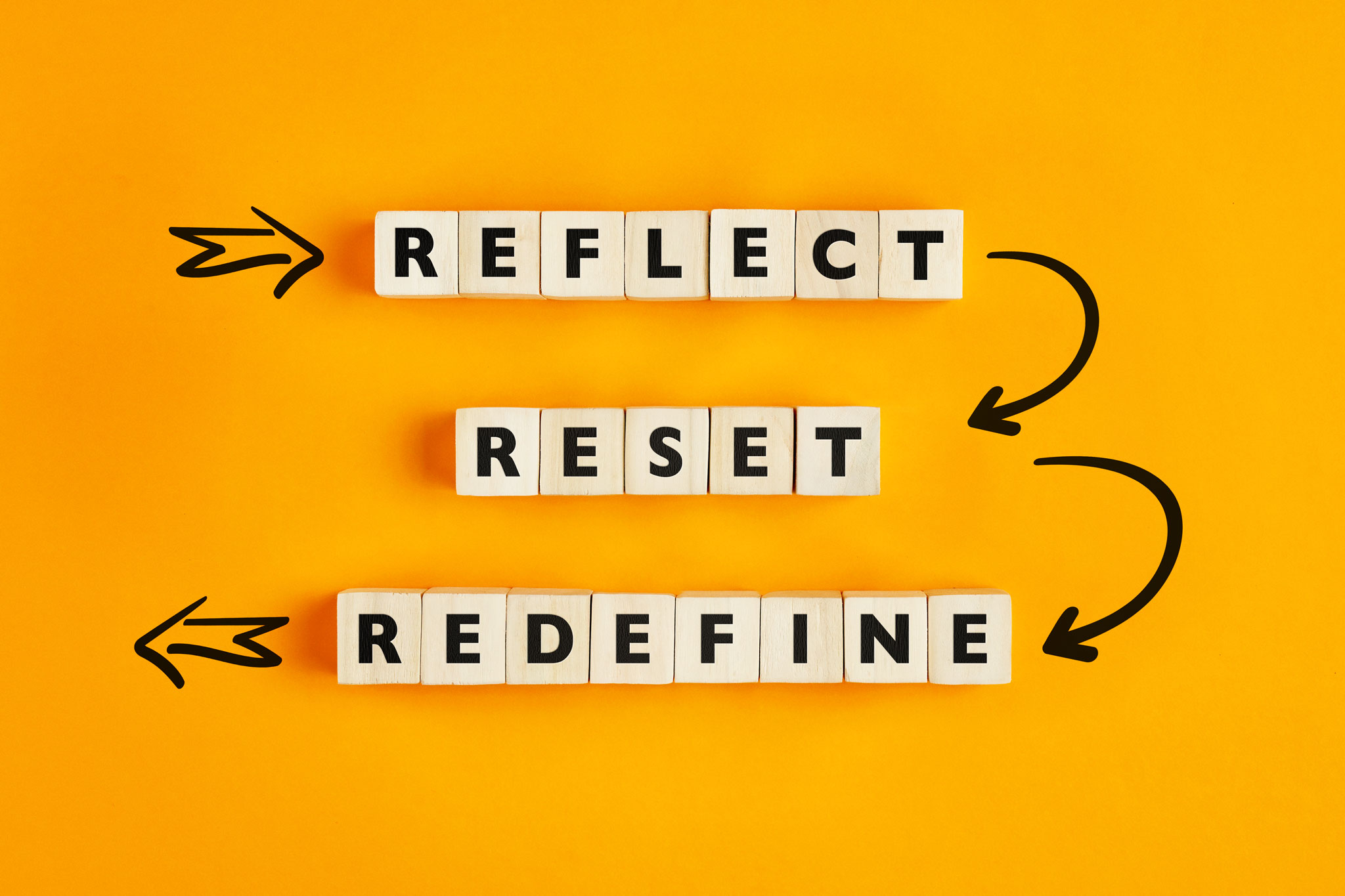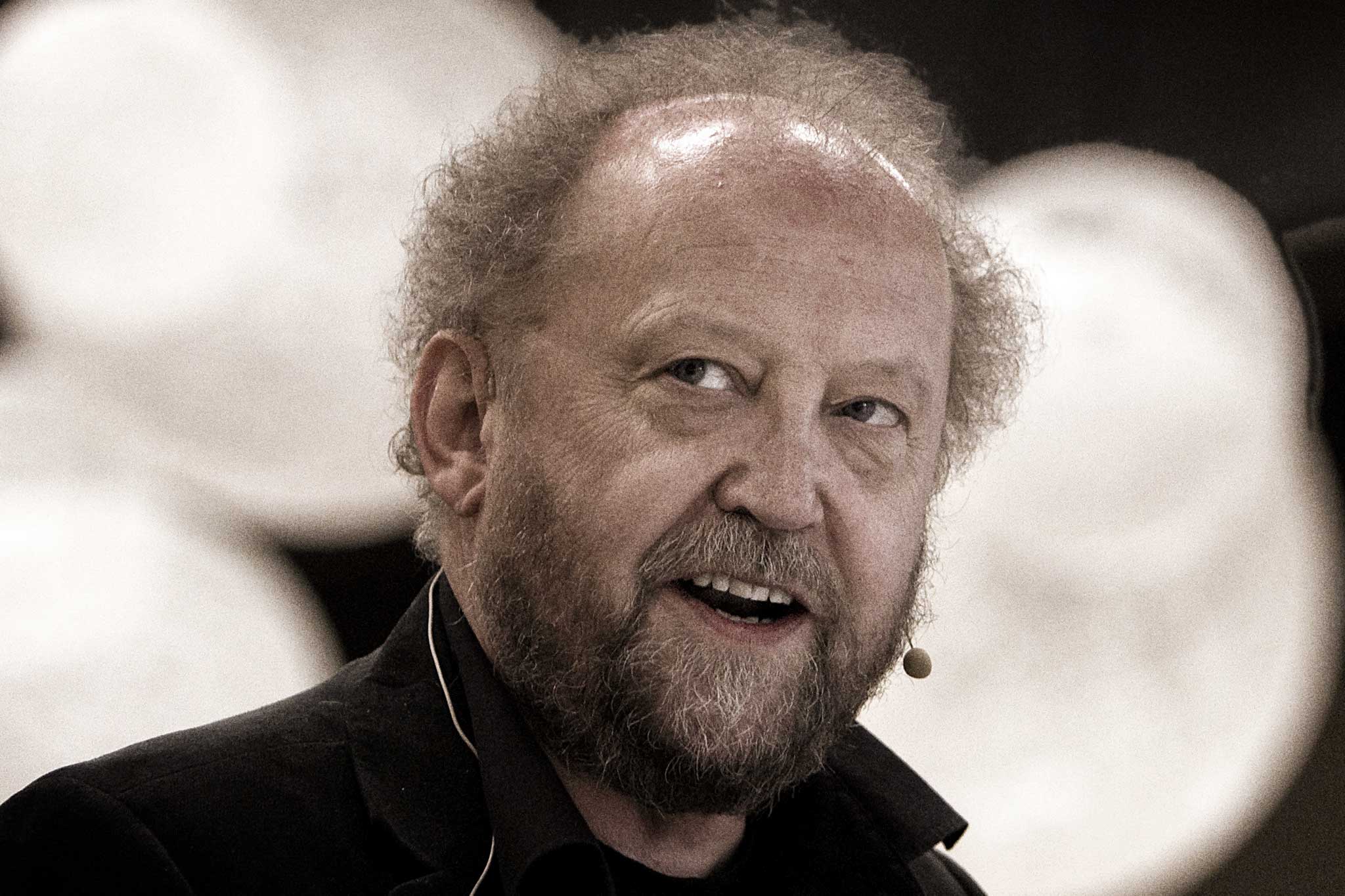Back in 2000 and again in 2006, Australian business events industry profile Elizabeth Rich wrote provocative articles about industry identity issues.¹ She spent decades at the helm of the Meetings Industry Association of Australia and The Business Events Council of Australia.
Sydney-based Elizabeth Rich is a keen observer of an industry which remains close to her heart. Meetings International thought it timely to ask for her views in a column in these challenging times.
The industry has always grappled with its identity. However, I have been heartened to see a growing use of the broader term ’business events’ over the past decade to encompass exhibitions, conferences, meetings, incentives and so on. But there has never been a more vital time to revisit this identity than now, during a pandemic which is bound to have serious long-term impacts on the industry’s health.
Thankfully, the industry embraced the ’beyond tourism’ concept some years ago, which showed the importance of event legacies, so it is already positioned for its next essential move. There is an event life beyond travel if we want it.
At the heart of our traditional industry are the live face-to face-business events which are convened to educate and inform, to reward, to demonstrate, to market, to problem-solve, and to celebrate. To that traditional model, we now have to add “in person” to make it clear we have been talking about people who physically are all together in one place.
For the majority of established suppliers, this is a necessary ingredient. Without people travelling to one spot to be together, there is no catering, no accommodation, no seats in venues, no transport, and no flow-on beneficiaries in destinations which have come to rely on this industry sector. These unfortunate suppliers are the ones in the eye of the current storm.
But let’s examine the fundamentals; the foundation on which our industry is based. Whether you are educating, demonstrating, selling or celebrating, you have a need to communicate. Convening physically to achieve this aim is just one option in the mixed bag of communication delivery options.
Business events is not tourism; it is not travel; it is a form of communication. The event purpose lies at the core. All the affiliated operators supply products or services that enable this chosen communication method.
In 2020 everything changed. Evolution quickly became revolution as the pace of change rocketed. We do not know whether this change is permanent or temporary until a widely-available, proven vaccine is found to the pernicious coronavirus. We may snap back to our old ways, similar to the 9/11 attack. Or not. Or something in between.
But lessons have been learnt, the hard way. Many are still in shock understandably. Nimble ones have pivoted where they can. Whatever happens, we are all on notice that it can happen again. Another pandemic can hit at any time. So, we need to think long term. Travel barriers and social distancing rules are complex now: hopefully, they will lighten but can quickly be reintroduced as has already been demonstrated. We grapple with changing government policies and permissions, with no international standardisation, at least not yet.
“Business events is not tourism; it is not travel; it is a form of communication”
Even if the brave host is permitted to go ahead, risks in running physical events have skyrocketed. Insuring against these risks is not easy. Extra work is involved in terms of compliance on hygiene and health matters. Duty-of-care issues have leapt to the head of the queue for concerned employers. What sort of liabilities comes with endorsing official suppliers? New delegate-tracking systems raise privacy concerns. In a jittery world, it’s a minefield.
To wade back into the water, delegates are going to need a lot of reassuring to encourage registrations. Corporate travel bans come into play. Concerned families too. Air access is problematic and probably more expensive.
Overlay personal and corporate nervousness with the growing environmental concerns, and you can see the gods appear to be conspiring against travel to live events.
You can see the compelling reasons to go virtual, especially if you can still achieve the required results, including financial ones. Many have been pleased to discover that their audience reach is much larger with virtual. In a world of big data, the mining of virtual audiences opens a whole new world of analytics and personalisation.
Yes, I know the industry mantra is that physical beats virtual hands down. Everyone may be saying that they are keen to get out and travel again, see each other, meet up. But will they? Can they?
At the risk of cries of heresy, perhaps our “traditional” model of business events, which was regarded as a sunrise industry in the last quarter of the 20th century is heading towards a sunset unless the model adapts.
While the ultimate power of the industry lies in the decisions of the event host organisations, the industry’s soft power has been with the big players that have the most to gain and the biggest marketing dollars. Supply-led demand has been driven largely by the convention centres, the bureaux, and the accommodation providers.
They have been major influencers and promoters of business events, vying for business, lobbying governments on the benefits of these high-spend events which has seen significant infrastructure spending and global competition blossoming over the past few decades.
Indeed international, fiercely competitive yet collegial, highly lucrative, this industry has taken on tribal aspects. Anyone who has attended a global business events trade show or conference will attest to this. “Buyers” have enjoyed being feted. Governments have shown as increasing willingness to “buy” business, offering attractive financial incentives to pick their destination. It has been a heady time for everyone involved.
Also, events courses blossomed around the world as young people saw events as an intoxicating mix of travel and large gatherings.
What now? Before you write off this column as being too negative, keep reading. I can see the potential for the industry to be bigger and more vital than ever. There is a proviso: if we act now, embrace the opportunities, and have the right leaders to take us forward. Inevitably this sort of major hit sees industry bodies regroup and consolidate, particularly where there has been a plethora of similar associations. Some may wither, others merge and strengthen.
“There has never been a more critical time to stay close to your clients”
There has never been a more critical time to stay close to your clients. Difficult decisions have to be made, and clients need savvy, professional and objective help to work through the options.
If the current industry wants to stay in the game, it has to adapt and to hitch itself to the rising stars in this communications market. No surprises these rising stars are most likely to be technology-driven. Can you imagine any major corporation, association, or government not now investing heavily in virtual communications?
The adage of following the money never fails. The big power players in the future industry are more likely to be technology companies than convention centres unless clever alliances are formed. Technology budgets have soared, while event space costs have shrunk. Several venues have moved quickly to create broadcast studios.
Some elements will never change. Events are integral to the fostering of communities. Associations rely on the need for communities or memberships. They need event revenue. So do trade exhibitions. It is all about the power of communal connections driving learning, collaboration, sales and promotion.
The events industry was always an earlier adopter of technology, especially to ease the operational work of registrations with online integrated systems essential for organisers. This software is now being expanded to include virtual options. Technology is also playing a critical part in the new environment of social distancing, temperature checks, contactless registering for live events, along with the production of virtual or hybrid events.
Some platforms are clunky, but with innovations popping up almost daily to overcome virtual fatigue and frustrations, expect increasingly sophisticated virtual and hybrid elements which are broadcast quality and highly interactive. Teleporting was regarded as gimmicky when it first launched. Its day may have finally arrived.
This transition period is not without its headaches. Some argue that hybrid is neither beast nor fowl and double the trouble. Others see hybrid as essential to maintain the physical element. Many are opting for the hub and spokes concept with groups gathering in select regional areas.
Everyone is still scrambling to work out how to monetise virtual events. On one side are expectations that virtual events will come free or for minimal cost, with so many free webinars available during the virus lockdowns. Zoom software is free, although ticketing is possible now Zoom has partnered with Paypal.
On the other side are the hard costs of producing a decent virtual event, and the recognition that both the delegate and the organiser is saving on additional costs such as travel, venue hire and catering. This will sort itself out and find the right level. Some associations are already charging the same or similar registration fee for a full virtual conference as they would have for the in-person option.
“Many have been pleased to discover that their audience reach is much larger with virtual”
The smart operators are watching related sectors closely: think online education and the explosion in ecommerce. Some countries have returned to physical events. China is the obvious example, but one which is also seriously embracing the virtual world. Talk has surfaced about giants Alibaba and Tencent entering the virtual trade show market.
It is not all doom and gloom for destinations. The big challenges facing convention bureaux, especially those relying on bed taxes, will see these organisations reevaluating their performance measurements. Ironically, where we have been saying “content is king” for so long, for physical events it is likely that destination choice will take on extra prominence, as long as the program has plenty of interaction. Pure information can be delivered to your inbox. After the basics of health and safety are covered, irresistible destinations will be those who truly integrate unique local experiences which add greater depth to a live event.
So where are have we landed? We are still in communications, and we are still in events. We are still an industry, just one in flux which needs to embrace the new movers and shakers. Bring them into the fold sooner rather than later, before they start their movement.
By way of example, the Business Events Council of Australia defined business events as:
“Any public or private activity consisting of a minimum of 15 persons with a common interest or vocation, held in a specific venue or venues, and hosted by an organisation (or organisations) …”
This definition must change. What we do as an industry which distinguishes us from other forms of communication is to draw together business-related communities, be it physically or online. It is all our space. We must claim it, or risk being left behind.
The future is filled with exciting possibilities. We shall draw more from the worlds of broadcast media and entertainment; we shall use producers as well as organisers, we shall extend beyond a few days to a 365 community. We shall be even more creative, more immersive. We shall become the glue which overcomes the disjoint of lack of physical contact.
And when we can come together for physical events, we shall appreciate even more seeing our tribe, and we shall collaborate more than inform. Probably we shall be more selective in our event attendance, and we shall look for physical programs that provide the elements missing from the virtual ones. Think collaboration rather than information, think networking rather than presentations, think touch, feel, smell and taste.
Our world has expanded, not shrunk.
Draw confidence from a quote from author John Naisbitt, who first raised the high-tech high-touch argument:
“Whenever a new technology is introduced into society, there must be a counterbalancing human response, that is, high touch or the technology is rejected … We must learn to balance the material wonders of technology with the spiritual demands of our human nature.”
¹ Columns from M & C Asia Pacific, July 2000, “Perception is Reality: are we an industry?” and The Business of Events, No 1, 2006: “What’s in a name?”





